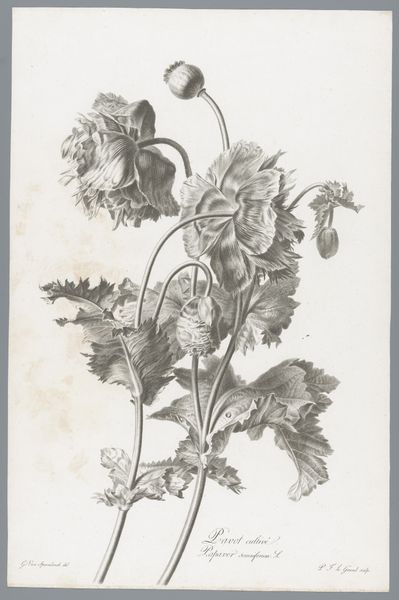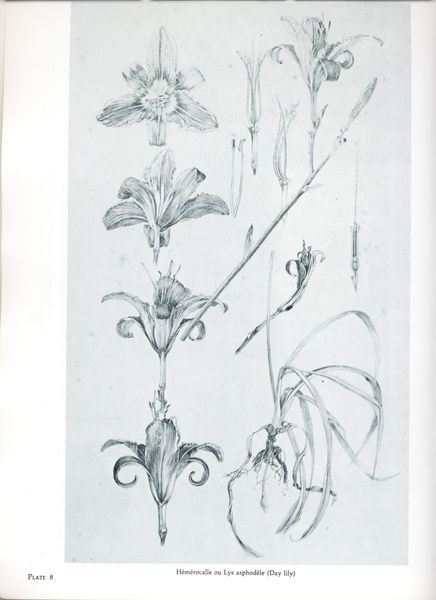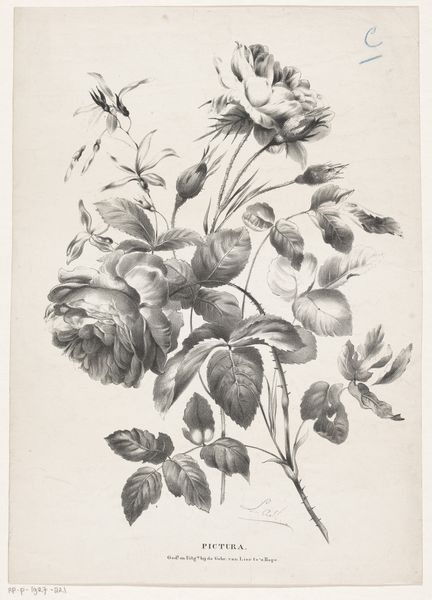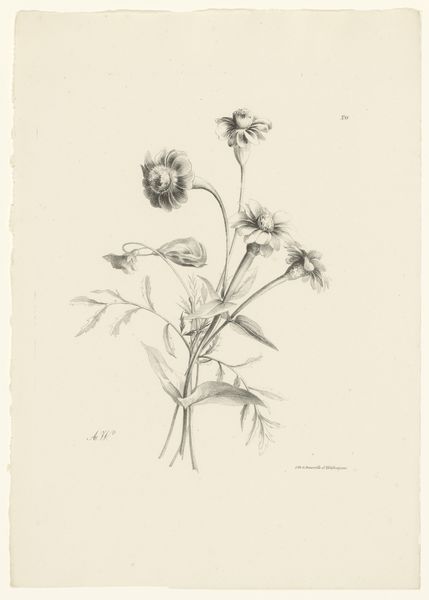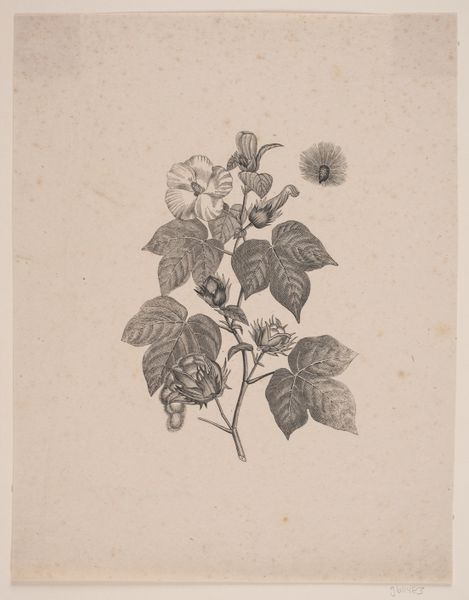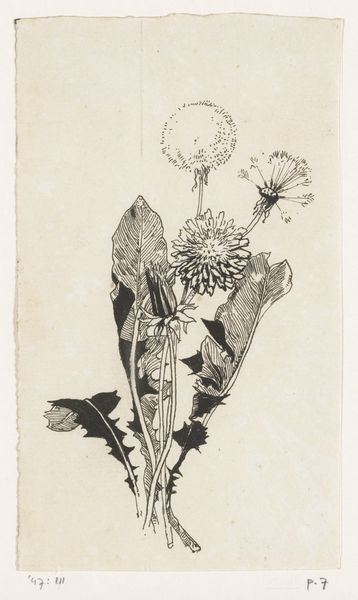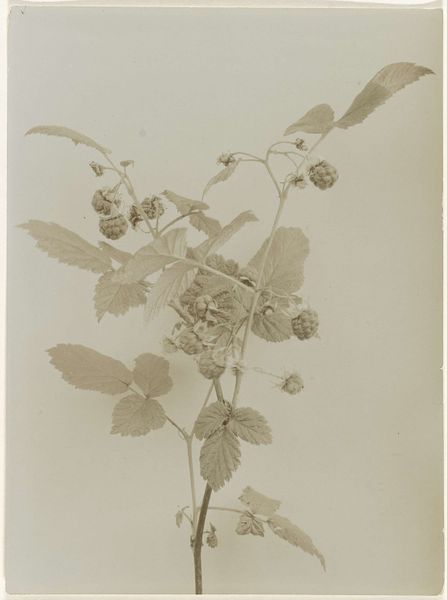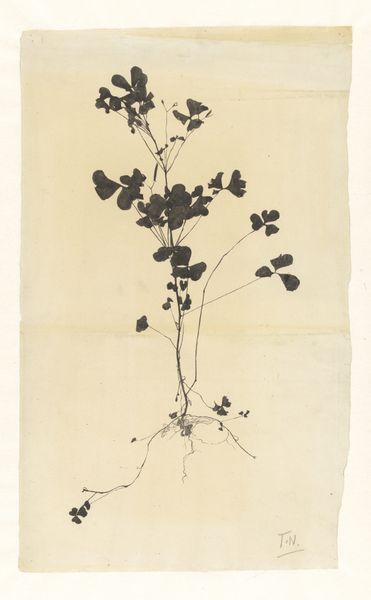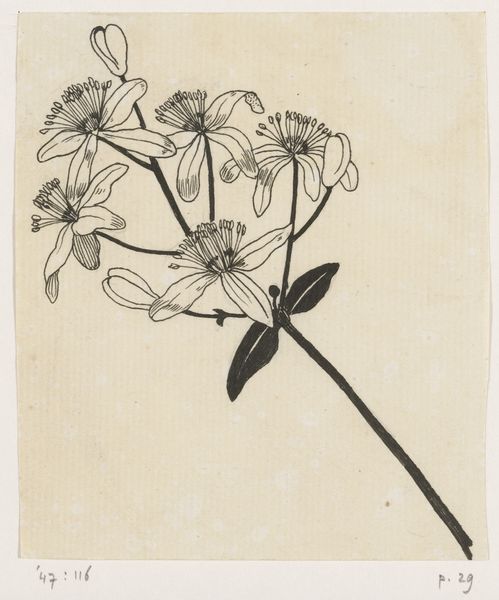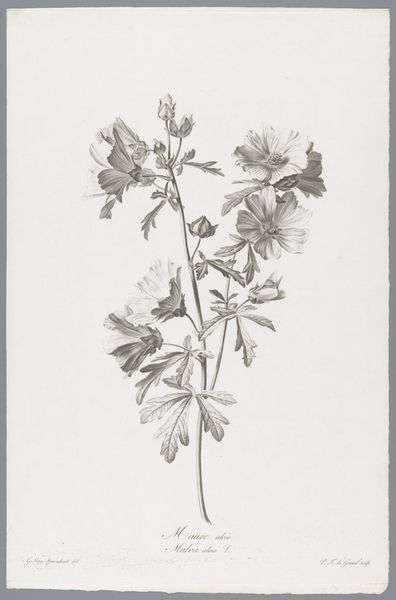
drawing, pencil
#
pencil drawn
#
drawing
#
pencil sketch
#
flower
#
pencil drawing
#
plant
#
pencil
#
surrealism
#
northern-renaissance
#
realism
Copyright: Public domain
Editor: This is Albrecht Durer’s “The Piece of Turf With The Columbine," created in 1526 using pencil. It's quite delicate, almost like a botanical study. How would you interpret it? Curator: Notice Durer’s commitment to observed reality, evidenced in the minute detail across the surface. This meticulousness extends beyond mere representation; consider how each blade of grass, each leaf, contributes to the overall texture and light interplay within the piece. What effect does that produce? Editor: I see what you mean. There's almost a scientific quality to it, but the contrast between the sharp details and the almost dreamy softness gives it this… otherworldly feeling. It’s real, but also not. Curator: Precisely. Consider, then, how this attention to detail impacts the viewer. Does it elevate the humble subject matter? Semiotics might help us examine the symbolic role of the plant. Note its location – is the turf floating? Editor: Hmm, now that you point it out, the setting feels very ambiguous. It's just this one patch of earth and plants floating in the ether. That does make it feel significant. Is it Northern Renaissance? Curator: The stylistic qualities strongly support a connection to the Northern Renaissance. The commitment to rendering observable details through value contrasts exemplifies that style, while using the medium to elevate the humble. Consider Jan van Eyck, or Rogier van der Weyden. Does the composition or subject remind you of them? Editor: I can see the echoes now that you mention those examples! I initially saw it as a straightforward depiction, but your focus on composition really changed my perspective. Curator: My goal is to expand your way of observation, and your use of language. Using close visual inspection, theoretical models, and history allows for many new interpretations. It appears that now, you see.
Comments
No comments
Be the first to comment and join the conversation on the ultimate creative platform.
